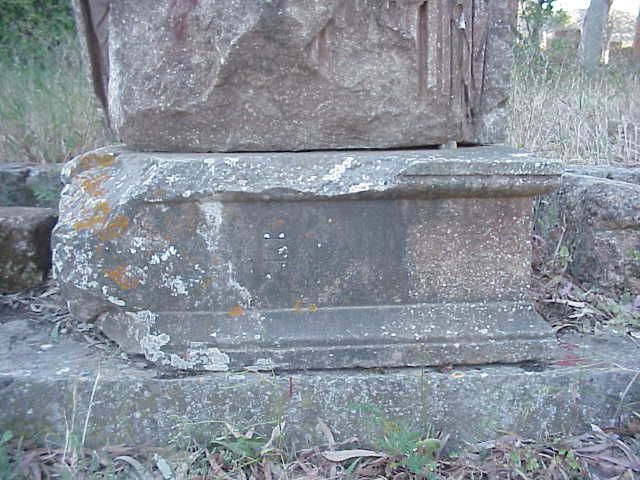EpiDoc XML:
IGCyr1188002
Trismegistos ID:
738738
Source description
Support: Marble base with plain mouldings on top and below, broken off at left front (w: 0.95 × h: 0.365 × d: 0.58).
Layout: Inscribed on the face between the mouldings (w: 0.815 × h: 0.19 × d: 0.545).
Letters: 0.04; no serifs; epsilon with central shorter bar, horse-shoe shaped omega.
Date: Perhaps fourth century BC (lettering).
Findspot: Seen by J. Cassels in 1955 at Cyrene ➚: South Necropolis, tomb S52 Cassels.
Place of origin: Findspot.
Last recorded location: Cyrene Museum, inv. number unknown. Seen by C. Dobias-Lalou in 1979 in Shahat: in front of the Casa Parisi, which is part of the Cyrene Museum. Seen and photographed by the Chieti Mission before 2013 at the same place.
Text constituted from: Transcription from stone (CDL).
Bibliography
Not really published before IGCyr 118800 ➚. Cf. Cassels 1955, p.34 (mention of an inscribed base); Thorn – Thorn 2009, p.218 (diplomatic transcription from Cassels' notebook).
Additional bibliography: Dobias-Lalou 2020, p. 318, n. 5 and fig. 5; Belzic 2022, catalogue B.25.
Text
Apparatus
1: [Π]έλεια: (vac. 1)Ε̣Λ̣ΕΙΑ Thorn – Thorn 2009
French translation
Peleia fille de Mélanippos.
English translation
Peleia daughter of Melanippos.
Italian translation
Peleia figlia di Melanippos.
Arabic translation
بيليا ابنة ميلانيبوس
Commentary
The feminine name Πέλεια was already known at Cyrene (IRCyr2020 C.103, l. 29 and IRCyr2020 C.129, l. 13) and Taucheira (IRCyr2020 T.623, l. 2) at later dates; no other name would match the gap.
CC BY-NC-SA 4.0 Deed Attribution-NonCommercial-ShareAlike 4.0 International License.
All citation, reuse or distribution of this work must contain a link back to DOI: https://doi.org/10.60760/unibo/igcyrgvcyr2 and the filename (IGCyr000000 or GVCyr000), as well as the year of consultation.


